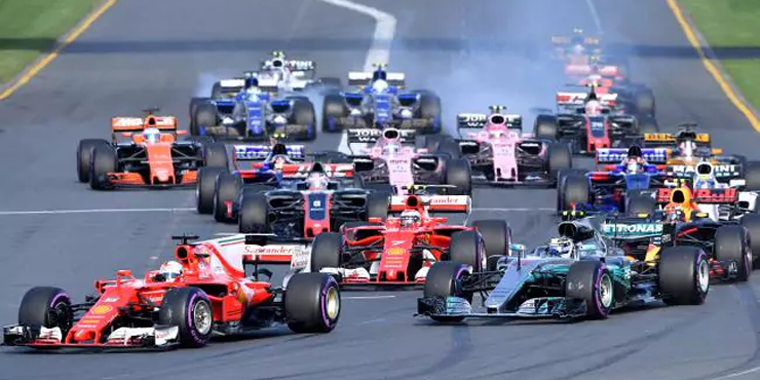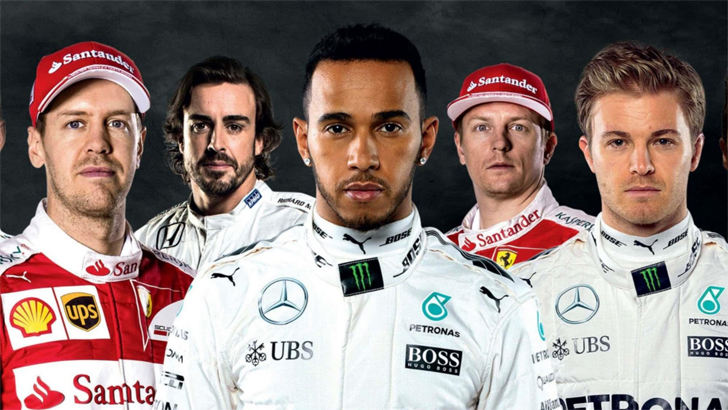Formula One is the summit of speed. The drivers, cars and support teams are performance driven… but it’s the spectators who demand quicker machines, closer contests and more action on the tracks.
To maintain relevance in our fast-paced world, F1 has to adapt or die. Let’s take a look at why Formula One is still the granddaddy of the sport and how the FIA is changing rules and creating futuristic concept cars to maximize adrenalin-fuelled racing.
Speed
F1 racing cars are engineered for speed. They can accelerate to 99,7 kmph in under two seconds and hit top speeds of 335 kmph. When drivers activate the Drag Reduction System (DRS) - which is really just a flap on the tail wing - cars can reach an astonishing 370 kmph… now that’s seriously quick.
G-Force
Modern F1 racing machines pull nearly 8 g’s on corners. That’s equivalent to eight times the force of gravity we’re exposed to on earth. It’s also more than double that of a NASA space shuttle launch!
Cost

In 2018 the total average cost of a Formula One racing car is $15,5 million. The engine is obviously the most expensive component and tips the scales at around $10 million. Even the structural carbon fibre skin or monocoque costs a pretty penny. Teams can expect to pay between $700 and $1,2 million a pop!
Impact on the Driver
Grand Prix drivers have to endure scorching temperatures of up to 50 degrees Celsius. That means they burn approximately 1,500 calories, lose around 3 litres of fluids and drop up to 4 kilograms in weight in a single race!
The Formula One Racing Gear

F1 racing suits are made from a fire-retardant synthetic material. It can withstand extreme heat of up to 840 degrees Celsius for around 11 seconds!
Helmets consist of a carbon fibre shell and Kevlar lining. They are precisely custom built to fit snugly around a driver’s head. Ducting on the top of the helmet promotes air flow and there are four transparent tear-off sheets on the visor to mitigate the vision-impairing impact of a myriad of squashed bugs!
World-Wide Phenomenon
Since its inception in 1950, there have been 42 Formula One races held on every continent. Europe and North America boasts the highest number of races, while Africa has only ever hosted two; the Morocco and South African GPs.
Racing enthusiasts in countries like Zambia, Kenya and Zimbabwe are likely to be disappointed as there seems to be no plans to bring racing back to the African continent.
First Black Formula One Driver

Four-time champion, Lewis Hamilton became the first black driver in the history of the sport. He joined the McLaren team in 2007.
F1 Concept Cars
Formula One racing cars of the future are being designed to maximise the battle on the tracks. In 2017 cars were wider and faster.
By 2021 the FIA wants cars engineered to be easier to follow. This will increase their downforce, boost performance and give the spectators exactly what they want – more skin-by-the-teeth overtaking and closer competition on the track!
Rule Changes
This year, the FIA levelled the playing field by banning shark-fin engine covers and aerodynamic T-wings. Performance enhancing suspension systems were also outlawed.
On the up side, drivers have a wider choice of tyre compounds. This boon was offset by the fact that only three engines are permitted per driver, per season.
To make things even more tricky for the maestros of speed, any driver who gets a grid penalty of 15 places or more has to start right at the back!

For all the latest sports news, betting tips and promotions, follow Betway Zambia on
Facebook,
Twitter,
Instagram,
Google+ and
YouTube.
Download the Betway App.